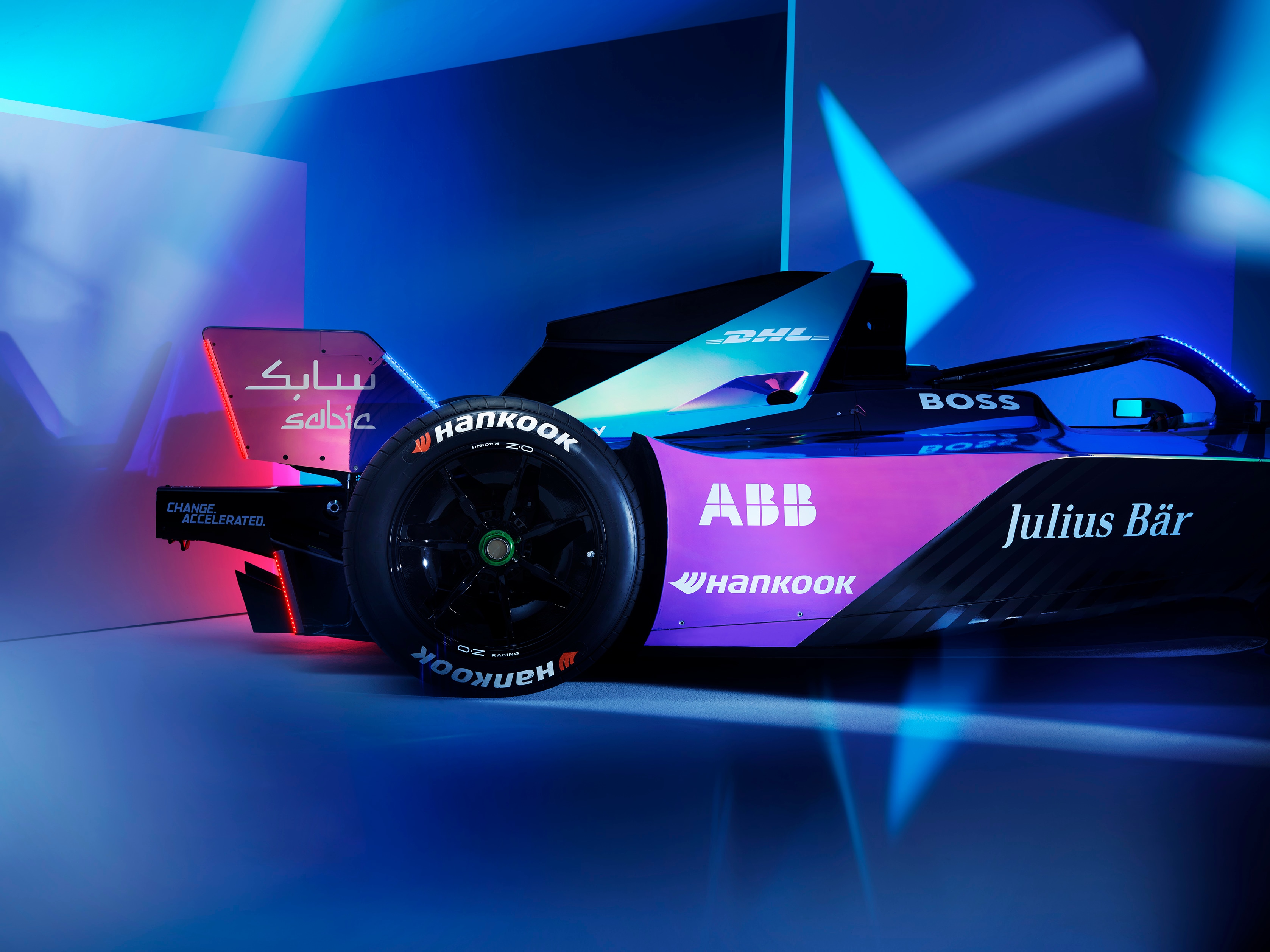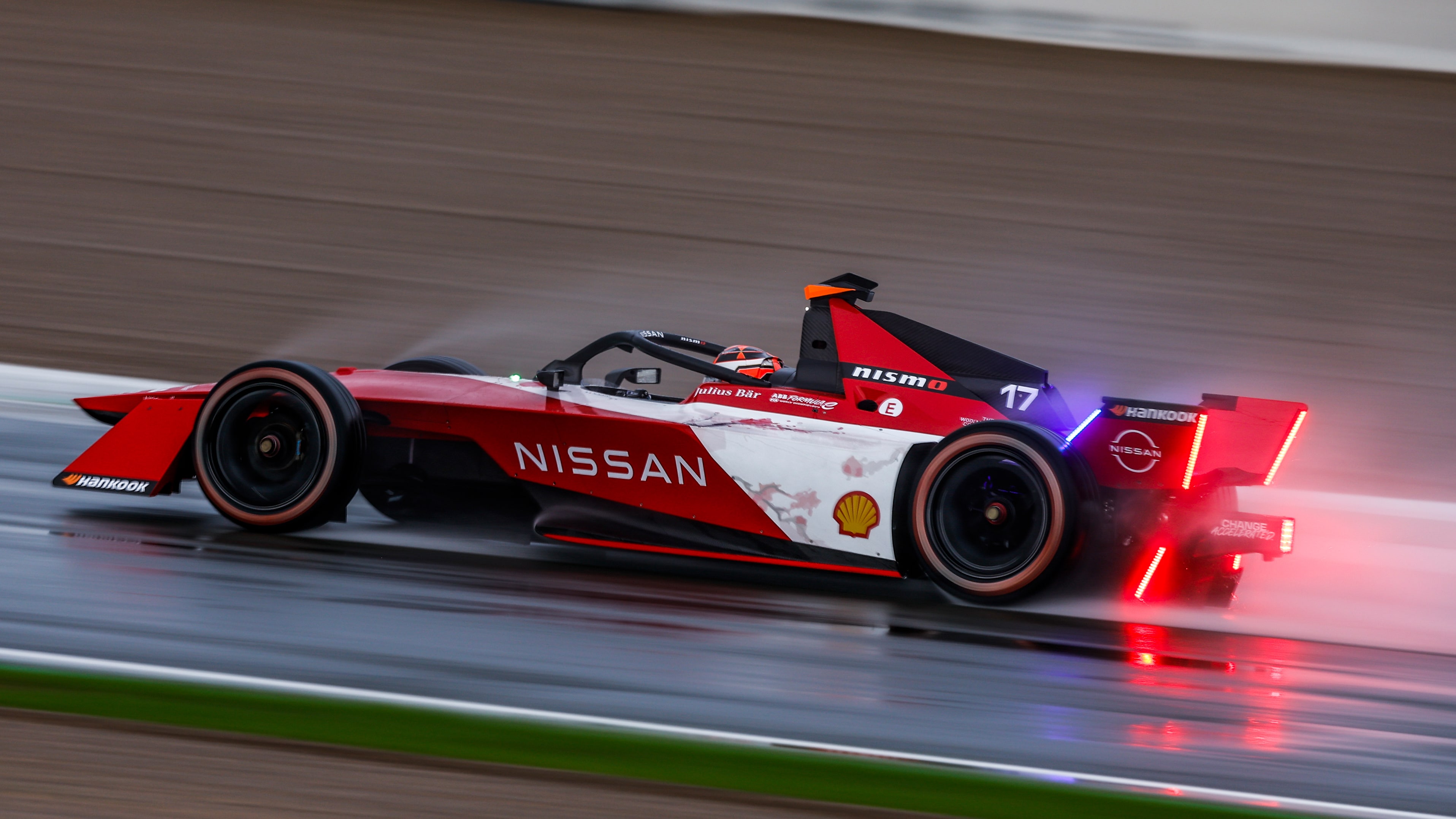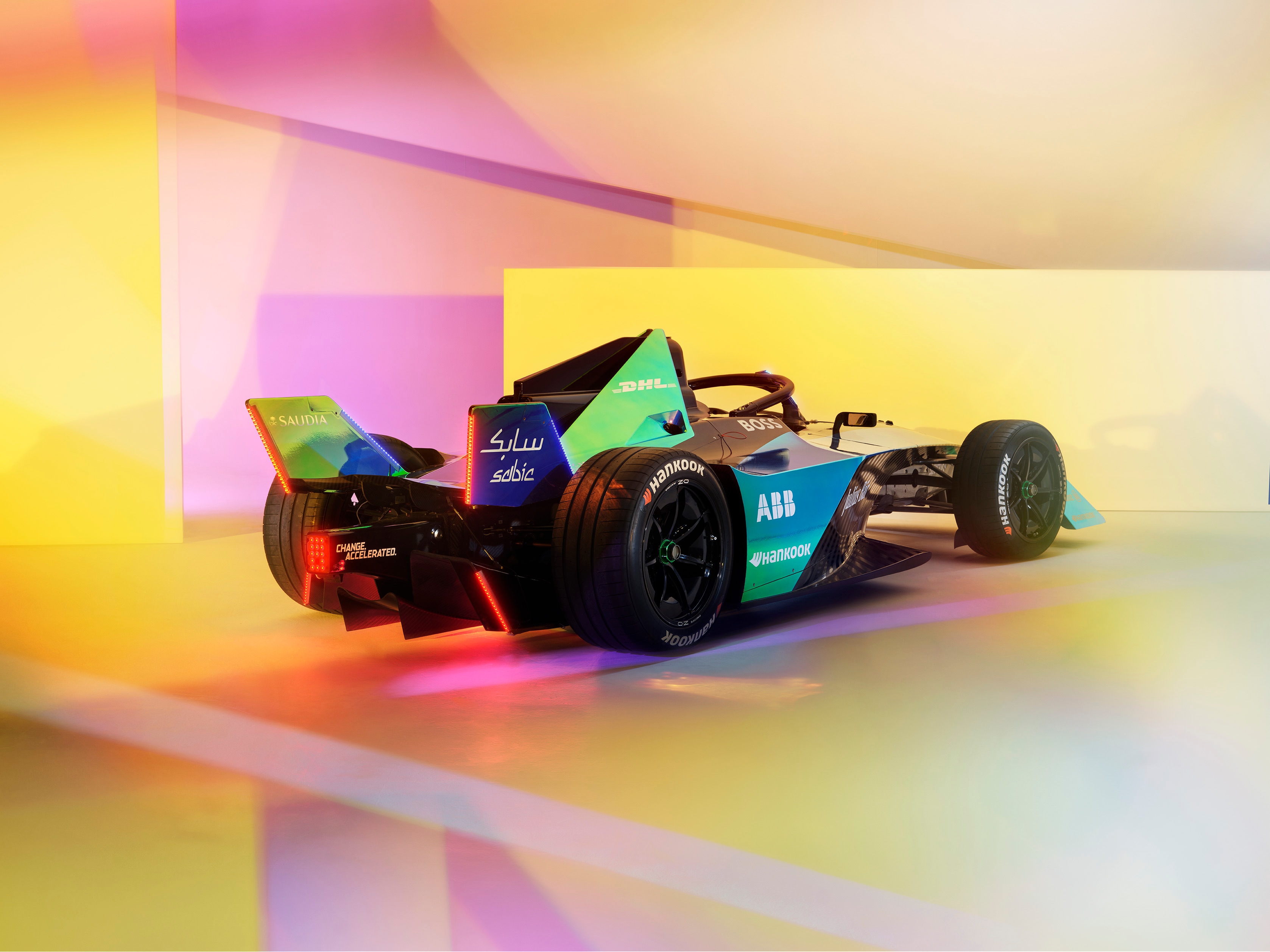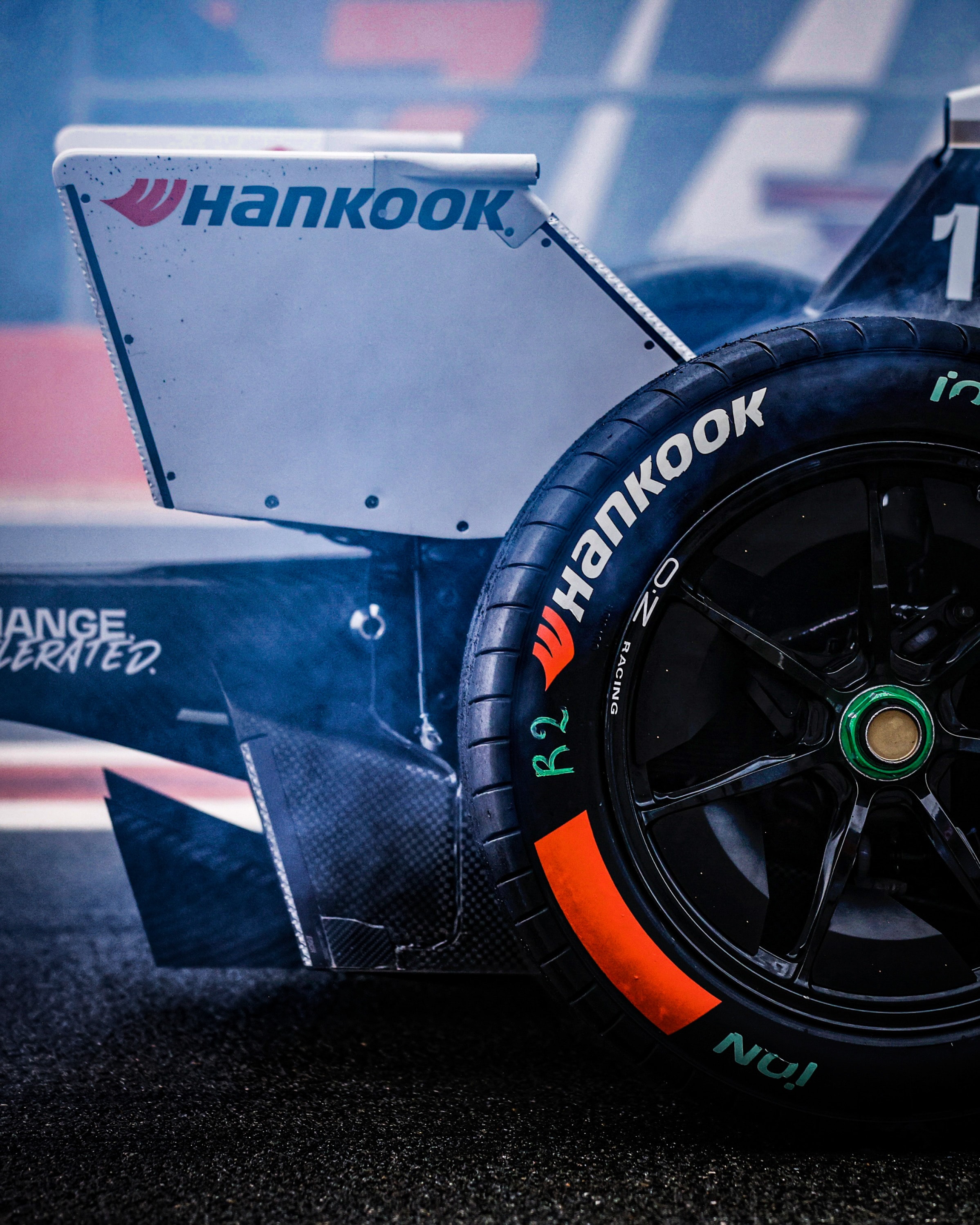‘In January 2023, the 3rd generation of the GEN3 race car in the Formula E, which opened its ninth season, will be equipped with Hankook tires and run through urban circuits in major cities around the world. Driving of the new Formula E armed with new tires has begun.
The ABB FIA Formula E World Championship 2021-22 season ended with the Seoul E-Prix held on August 13-14, 2022 at the urban circuit centered around the Jamsil Sports Complex in Seoul, the capital of the Republic of Korea. The second-generation GEN2 race car of Formula E completed its final race and was retired. Formula E will now compete with a more powerful third-generation GEN3 race car from the new season of 2023.
Formula E Opens the Door to the Next Era



















